calsfoundation@cals.org
Forester (Scott County)
Forester was a self-contained sawmill town owned by the Caddo River Lumber Company. It was founded and built by Thomas Whitaker Rosborough in 1930 in southeastern Scott County. At first, a prominent Waldron (Scott County) businessman wanted the mill built in his town, but after hearing that Rosborough intended to employ African Americans, this businessman was happy with the chosen location and later was instrumental in getting the railroad extended from Waldron into Forester. The mill became the largest and most productive in the state, with its huge lumber shed measuring eighty feet wide and 1,000 feet long and storing millions of board feet of kiln-dried, planed lumber.
The company town was named after Waldron businessman Charles A. Forrester. Contractors logged the mill with mule teams and wagons until 1940, when the company purchased trucks. After all the largest timber was cut, Caddo River sold the town of Forester to Dierks Lumber and Coal in 1945, and the company continued to operate until there was insufficient timber for a mill of its size.
The town was laid out in sections rather than streets. The main part was known as Green Town, and the second largest was called Angel Town. There was also Cannon Town, Water Tank Road, the Section Houses, and Happy Holler, the smallest section. The population of Forester in 1940 was 1,306, including about 350 black residents living in their own section of rustic, red-stained houses called “the Quarters.” They had their own school, church, and an entertainment center called the Barrel House but shared the store, post office, and theater with the white residents.
The company provided houses, schools, churches, a theater, a post office, a drugstore, a barber/beauty shop, a twenty-eight-room hotel, a depot, a garage with car sales, a ballpark and stadium, a community hall/Masonic Lodge, and the company store. Forester had its own water system and power plant, and there was free healthcare for all, provided by a company-paid doctor. Forester had very little crime and only employed two town marshals in the twenty-year life of the town.
In 1952, the mill closed, and the whole town was moved or torn down, being sold to various companies and individuals. This forced the people to relocate and seek employment elsewhere. Many sawmill towns in Arkansas have shut down over the years, but Forester is the only one known to have its people return year after year for a reunion.
The Forester Historical Society began maintaining a reunion park at the log pond in 1983. The nine-acre reunion park at the sawmill site is now a recreation park as the result of work being done by various organizations, volunteer workers, the Forester Historical Society, and former residents. The park includes camping facilities, memorials, a large sign at the pavilion with photos of Forester residents, and a one-and-one-half-mile-long interpretive trail.
Future Harlem Globetrotter Reese “Goose” Tatum reportedly played for a baseball team in Forester for a summer as a young man. Attorney and judge Billy Roy Wilson lived in Forester as a kid.
For additional information:
Nelson, Rex. “Arkansas’ Sawmills.” Arkansas Democrat-Gazette, December 25, 2022, pp. 1H, 6H. Online at https://www.arkansasonline.com/news/2022/dec/25/looking-back-arkansas-sawmills/ (accessed December 27, 2022).
Smith, Kenneth L. Sawmill: The Story of Cutting the Last Great Virgin Forest East of the Rockies. Fayetteville: University of Arkansas Press, 1986.
Evelyn Standerfer Smalling
Fort Smith, Arkansas
 Caddo River Lumber Company
Caddo River Lumber Company 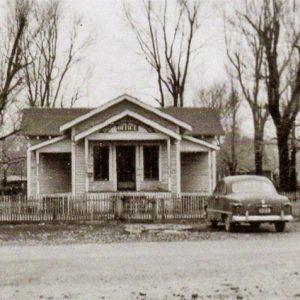 Caddo River Lumber Company
Caddo River Lumber Company 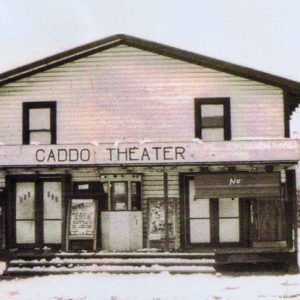 Caddo Theater
Caddo Theater  Forester Hotel
Forester Hotel 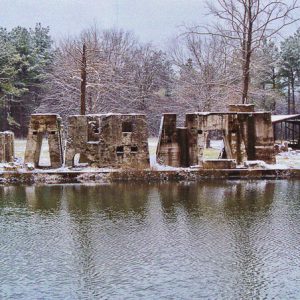 Forester Reunion Park
Forester Reunion Park  Forester Reunion Park
Forester Reunion Park 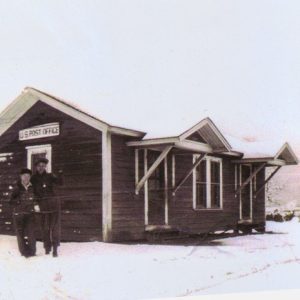 Forester Post Office
Forester Post Office 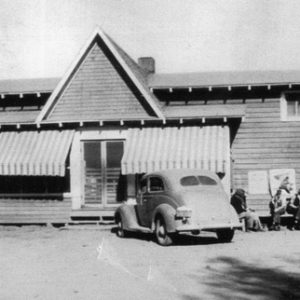 Forester Company Store
Forester Company Store 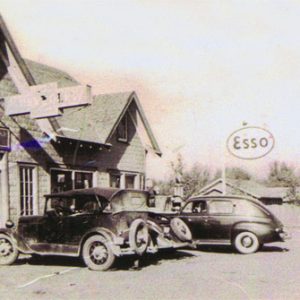 Forester Dealership
Forester Dealership  Forester Logging
Forester Logging  Scott County Map
Scott County Map 




My grandmother, Billie Faye Waganer, lived there in the hotel. She was one of the secretaries for the superintendent.